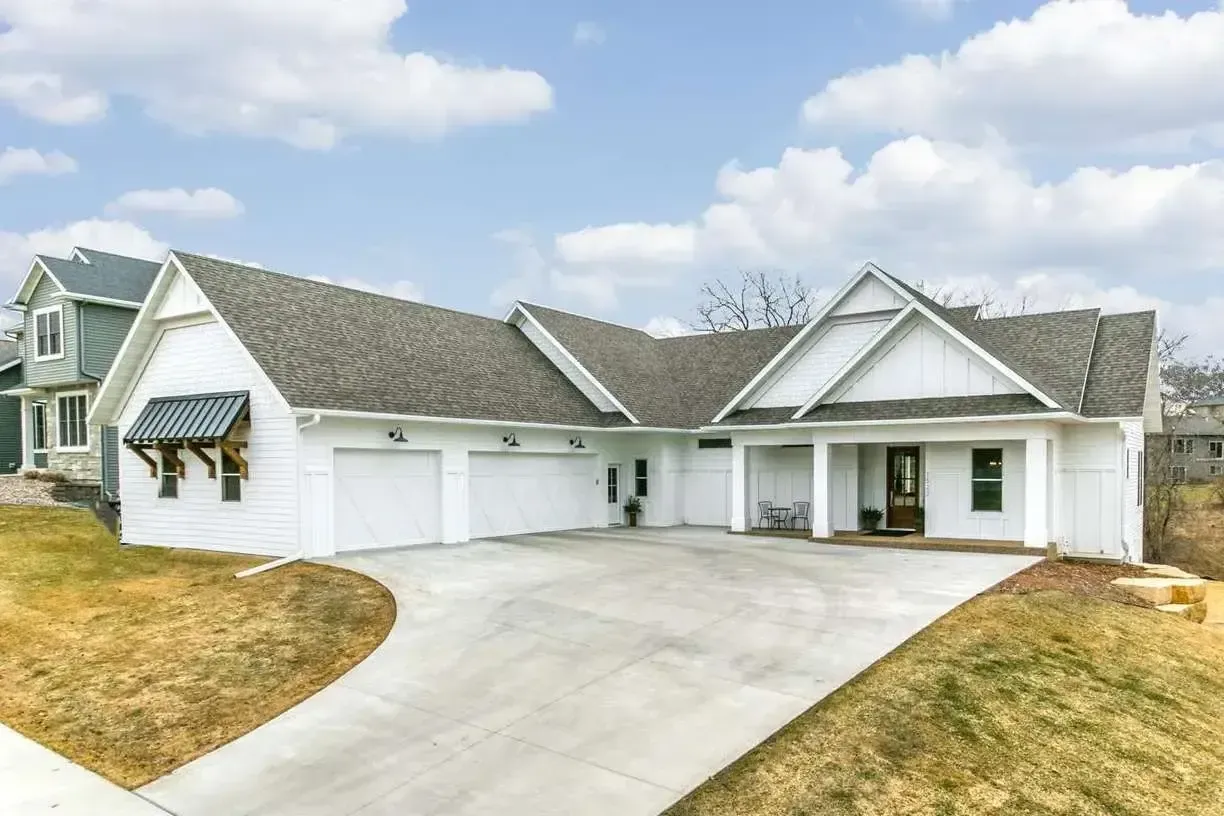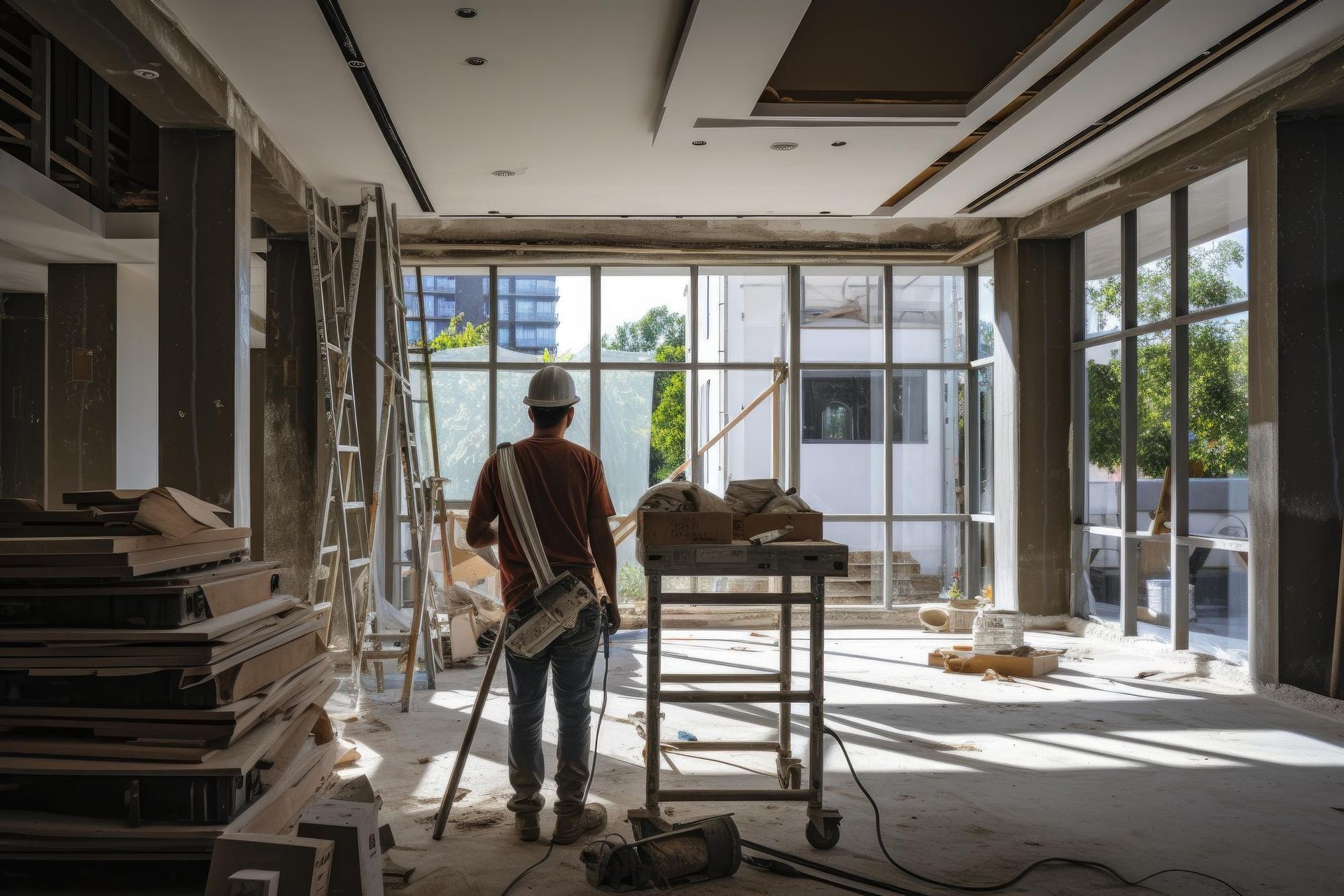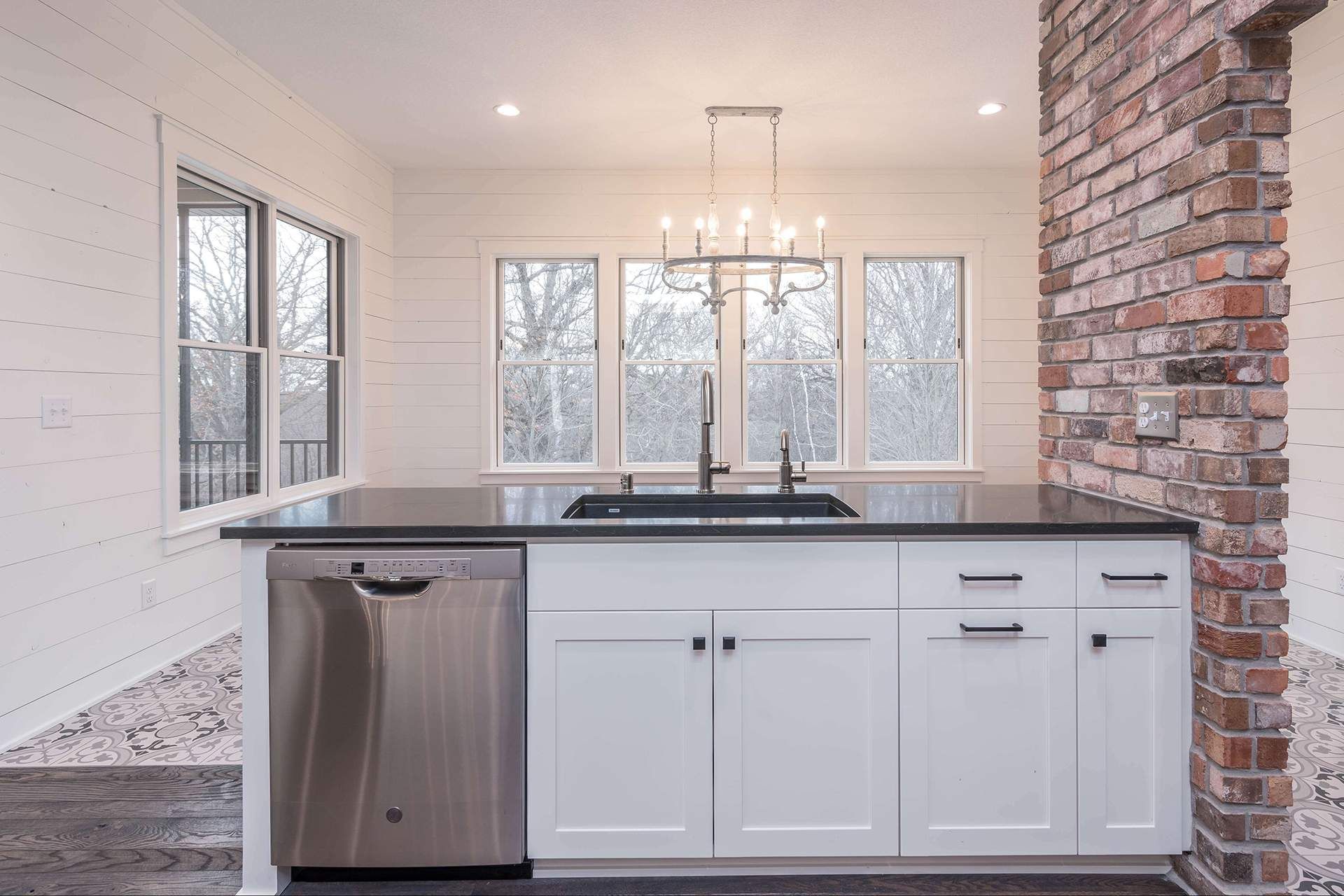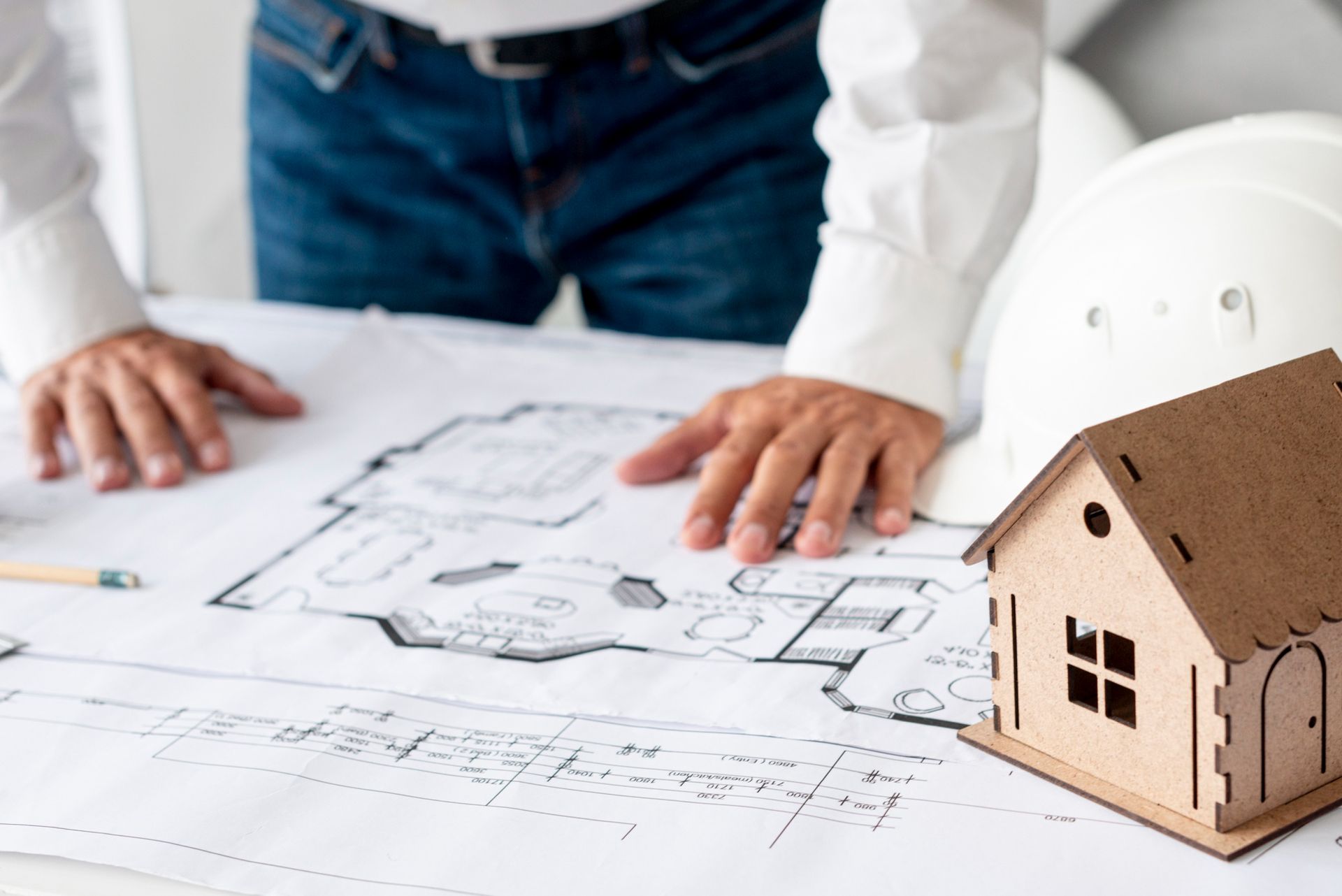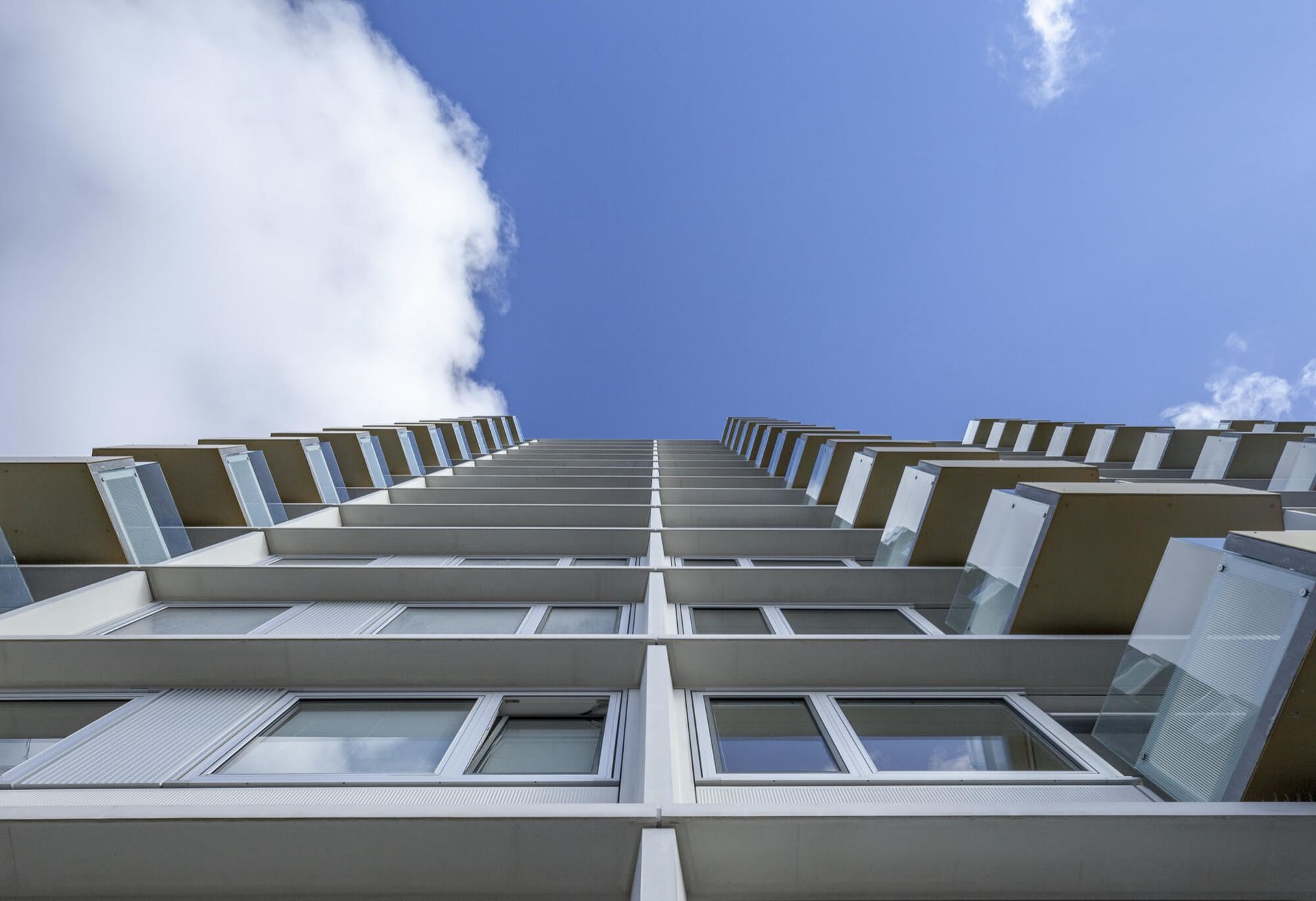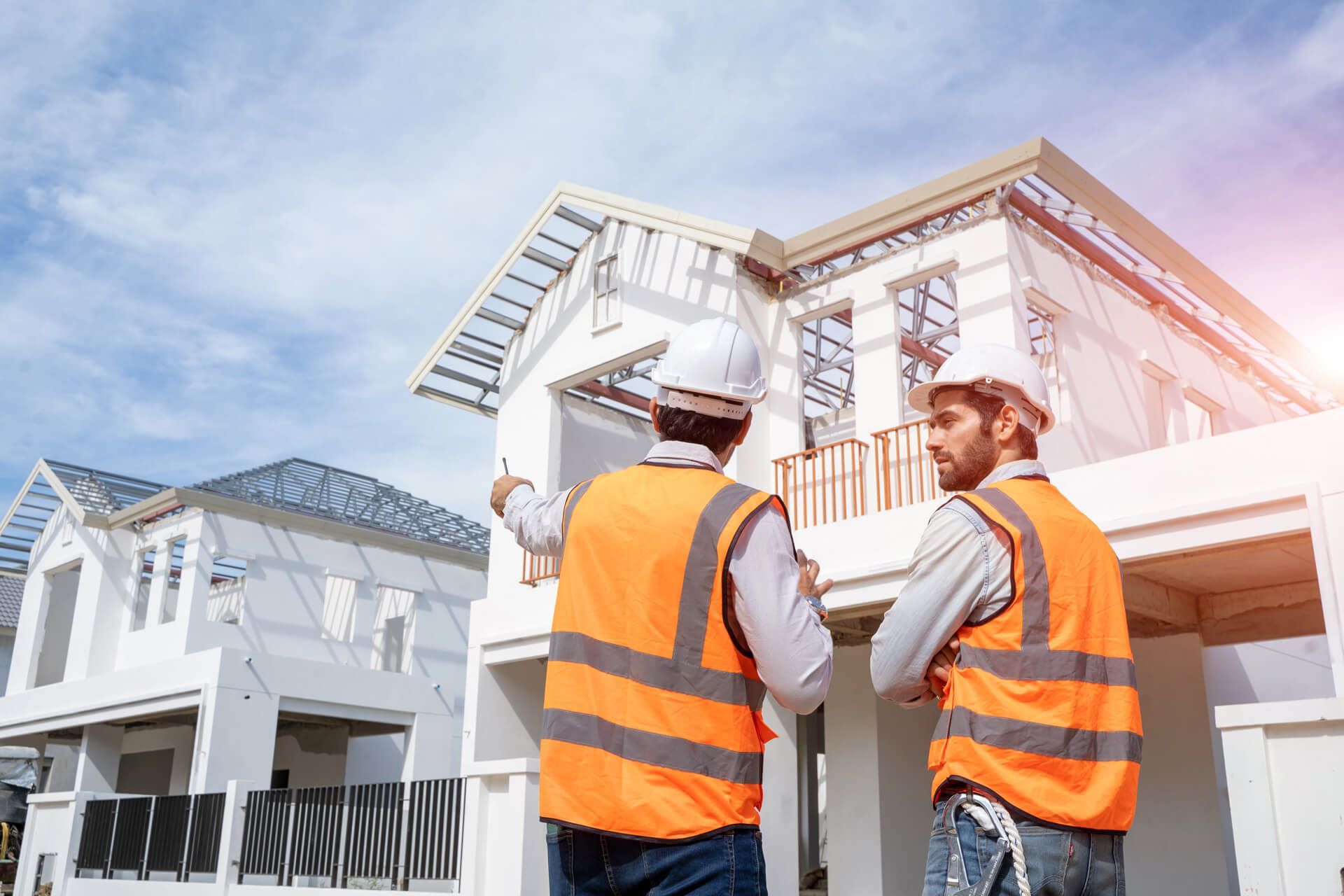Tiny Home Economics: Understanding the Costs of Building a Tiny Home
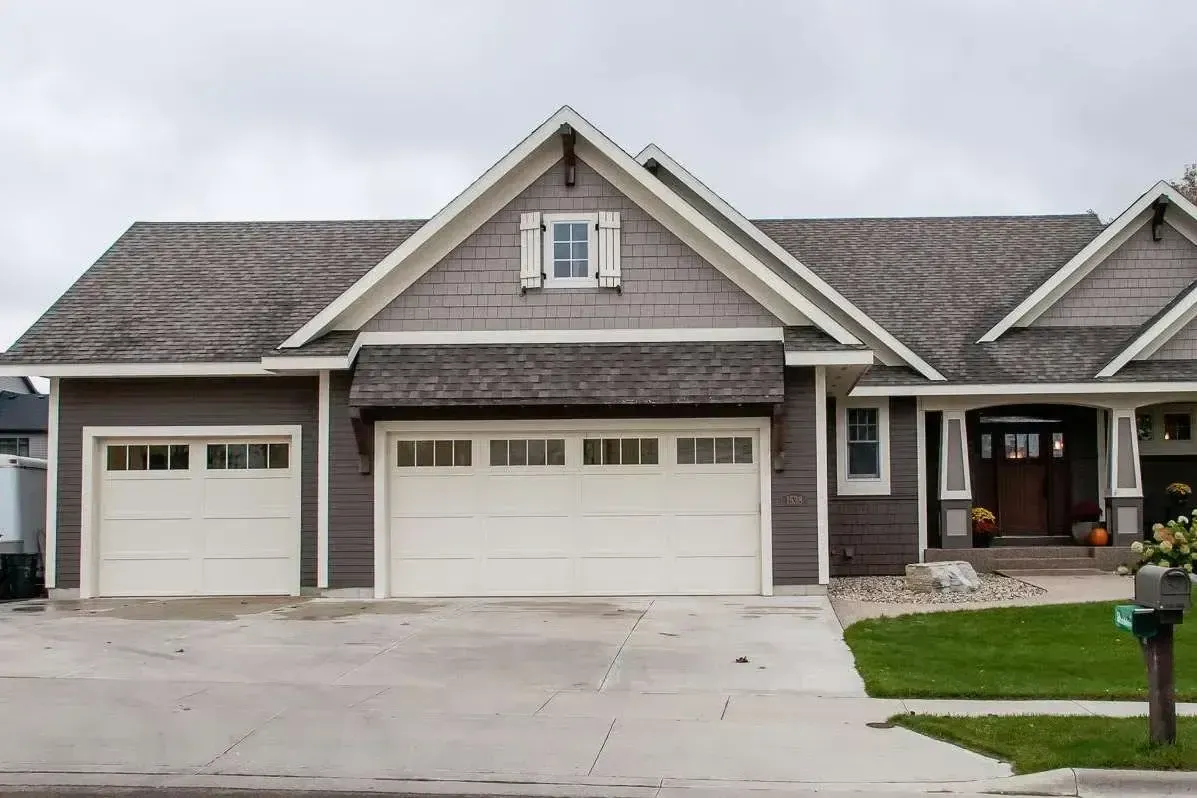
Tiny homes have become a popular housing option for many individuals seeking affordability, sustainability, and a minimalist lifestyle. However, before diving into the world of tiny home living, it's crucial to grasp the economics behind building one.
In this comprehensive guide, we'll dive into the various costs associated with constructing a tiny home, providing valuable insights and considerations for prospective tiny homeowners.
The Basics of Tiny Home Costs
Building a tiny home involves several fundamental expenses, encompassing land acquisition, construction materials, labor costs, permits, and design fees. While tiny homes are generally more budget-friendly than their traditional counterparts, meticulous planning and budgeting are essential to ensure a smooth and financially viable construction process.
The Costs Related to Building a Tiny Home
Building a tiny home involves various expenses beyond just the construction materials. Understanding the full scope of costs associated with building a tiny home is essential for budgeting and planning purposes. Below are some key costs related to building a tiny home:
1. Land Acquisition
Securing a suitable plot of land is the initial step in building a tiny home. Land costs can vary significantly based on factors such as location, size, zoning regulations, and access to utilities. Additionally, environmental considerations and site preparation expenses should be factored into the overall land acquisition budget.
2. Construction Materials
Construction materials for tiny homes typically include lumber, siding, roofing materials, insulation, windows, doors, and interior finishes. While the overall material costs are lower compared to traditional homes, selecting quality materials is essential to ensure durability and energy efficiency. Balancing cost-effectiveness with long-term sustainability is key when choosing construction materials.
3. Labor Costs
Labor costs for tiny home construction depend on factors such as the complexity of the design and the skill level of the builders. Some homeowners opt to build their tiny homes themselves to minimize labor expenses, while others enlist the help of professional contractors or builders. Regardless of the approach, budgeting for labor costs is essential to avoid financial strain during the construction process.
4. Permits and Fees
Obtaining the necessary permits and paying associated fees are essential steps in building a tiny home. Permit requirements and fees vary depending on local building codes, regulations, and the size of the structure. Homeowners should allocate funds for permit expenses and ensure compliance with all legal requirements to prevent delays and potential penalties.
5. Design Fees
Design fees cover the cost of creating customized floor plans, blueprints, and specifications for the tiny home. While pre-designed plans are available for cost-conscious homeowners, others may opt for personalized designs to meet their specific needs and preferences. Working with architects or designers to develop a tailored plan ensures that the tiny home aligns with the homeowner's vision and lifestyle requirements.
6. Additional Considerations
In addition to the primary expenses outlined above, building a tiny home may entail additional costs such as site preparation, utility connections, furnishings, appliances, and landscaping. Homeowners should also budget for ongoing maintenance and operational expenses associated with tiny home living, including utilities, insurance, and property taxes.
Conclusion
Building a tiny home offers a unique opportunity for individuals to embrace a simpler, more sustainable lifestyle while achieving homeownership at an affordable cost. Understanding and budgeting for these costs upfront can help ensure a smooth and financially feasible tiny home-building process.
By carefully considering each expense and planning accordingly, prospective tiny homeowners can start on their building journey with confidence and peace of mind. With thoughtful consideration and attention to detail, the dream of tiny home living can become a reality for many aspiring homeowners, paving the way for a fulfilling and rewarding lifestyle.
Embark on Your Tiny Home Journey with Stonebridge Builders Today!
Are you ready to turn your tiny home dreams into reality? Let Stonebridge Builders be your guide on this exciting journey. Our experienced team specializes in building custom tiny homes with meticulous attention to detail and top-notch craftsmanship.
Whether you're starting from scratch or looking to
remodel an existing space, we're here to help every step of the way. As builders of Rochester, and surrounding areas like Lake City, Kasson, Pine Island, or Oronoco, we have years of experience specializing in turning your dream home into a reality.
Our custom home-building process is precisely crafted, providing quality homes that stand out in surrounding communities. From the initial floor plan discussions to the final touches, our kitchen remodeling experience is designed to exceed homeowners' expectations.
Contact the experts at Stonebridge Builders today and let's make your tiny home dreams a reality together!
Frequently Asked Questions (FAQs) - Understanding the Costs of Building a Tiny Home
1.How much does it cost to build a tiny home?
The cost of building a tiny home varies depending on factors such as size, location, materials, labor, permits, and design. On average, tiny homes can range from $20,000 to $150,000 or more, with DIY builds typically being less expensive than hiring professionals
2.What are the main factors that contribute to the cost of building a tiny home?
The main factors influencing the cost of building a tiny home include land acquisition, construction materials, labor costs, permits and fees, design complexity, site preparation, utility connections, furnishings, and ongoing maintenance expenses.
3.Are there any hidden costs associated with building a tiny home?
While tiny homes are generally more affordable than traditional homes, there may be hidden costs to consider, such as site preparation, utility hookups, landscaping, furnishings, appliances, and ongoing maintenance. It's essential to budget for these additional expenses to avoid financial surprises.
4.How can I reduce the cost of building a tiny home?
There are several ways to reduce the cost of building a tiny home, including choosing a simpler design, using reclaimed or recycled materials, opting for DIY construction, minimizing square footage, and selecting cost-effective fixtures and finishes. It's also essential to research and compare prices for materials and services to find the best value.
5.Do tiny homes retain their value over time?
The resale value of a tiny home can vary depending on factors such as location, condition, and market demand. While tiny homes may not appreciate in value as much as traditional homes, they can still retain their value if well-maintained and located in desirable areas. Additionally, the lower initial cost of tiny homes can make them attractive to buyers on a budget.
6.Are there financing options available for building a tiny home?
Yes, there are financing options available for building a tiny home, including personal loans, RV loans, home equity loans, construction loans, and specialized tiny home loans. It's essential to research and compare different financing options to find the best fit for your financial situation and goals.
7.What are the ongoing costs associated with living in a tiny home?
The ongoing costs of living in a tiny home include utilities, insurance, property taxes (if applicable), maintenance, and any associated fees for parking or renting land. It's crucial to budget for these ongoing expenses to ensure long-term financial stability and sustainability.
